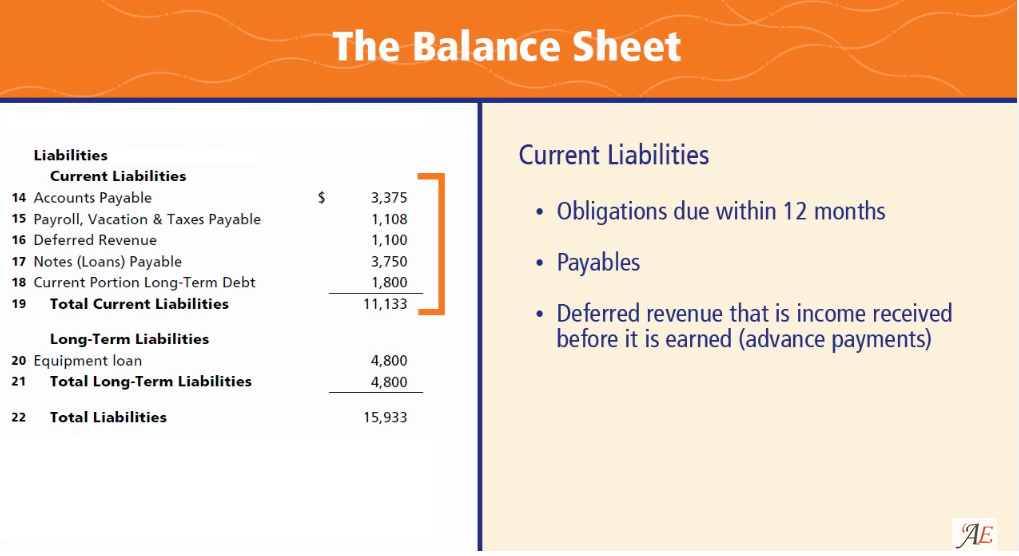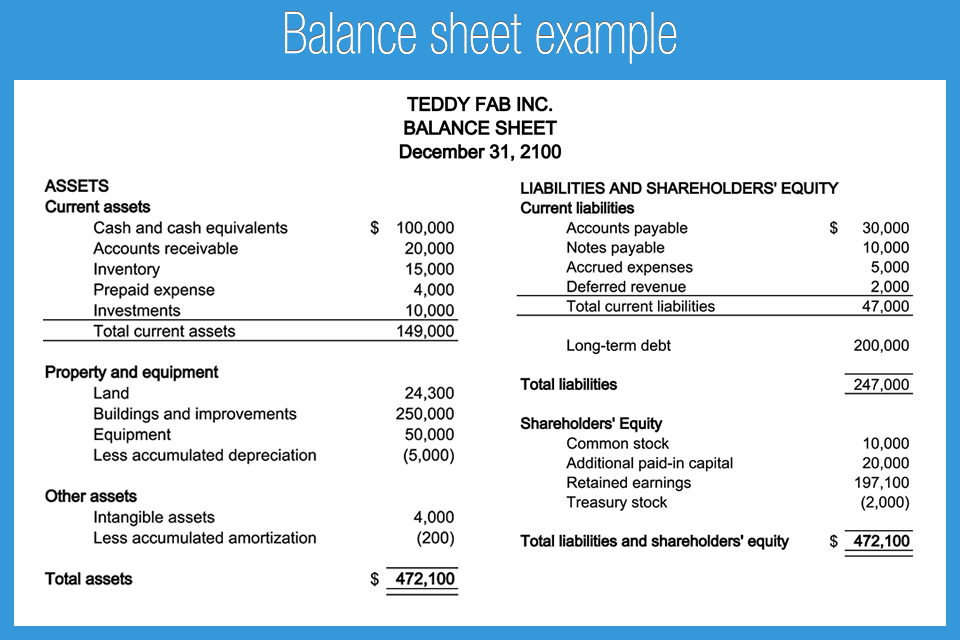Glory Info About Current Liabilities In Balance Sheet Product Cost Statement

This could negatively affect cash flow and the ability to purchase inventory or pay employees.
Current liabilities in balance sheet. Learn more about how current liabilities work, different types, and how they can help you understand a company's financial strength. In fact, as the balance sheet is often arranged in ascending order of liquidity, the current liability section will almost inevitably appear at the very top of the liability side. The amount owed to vendors and suppliers based on their invoices.
The difference between the two is as follows: T he assets and liabilities are separated into two categories: The current liabilities section of a balance sheet shows the debts a company owes that must be paid within one year.
The current liabilities section of a balance sheet shows the debts that a company owes. These debts are the opposite of current assets, which are often used to pay for them. The obligations are usually to be paid within one year.
Current liabilities are a company's obligations that will come due within one year of the balance sheet's date and will require the use of a current asset or create another current liability. On the right side, the balance sheet outlines the company’s liabilities and shareholders’ equity. The left side of the balance sheet outlines all of a company’s assets.
An issue may arise if you are not aware of how much money is owed on any particular date. Examples of current liabilities include accounts. Current liabilities are listed on the balance sheet and are paid from the revenue generated by the operating activities of a company.
Current liabilities are listed on a company’s balance sheet below its current assets and are calculated as a sum of different accounting heads.


:max_bytes(150000):strip_icc()/dotdash_Final_Current_Liabilities_Sep_2020-01-6515e265cfd34787ae2b0a30e9f1ccc8.jpg)







:max_bytes(150000):strip_icc()/AppleBalanceSheetInvestopedia-45d2b2c13eb548ac8a4db8f6732b95a0.jpg)






